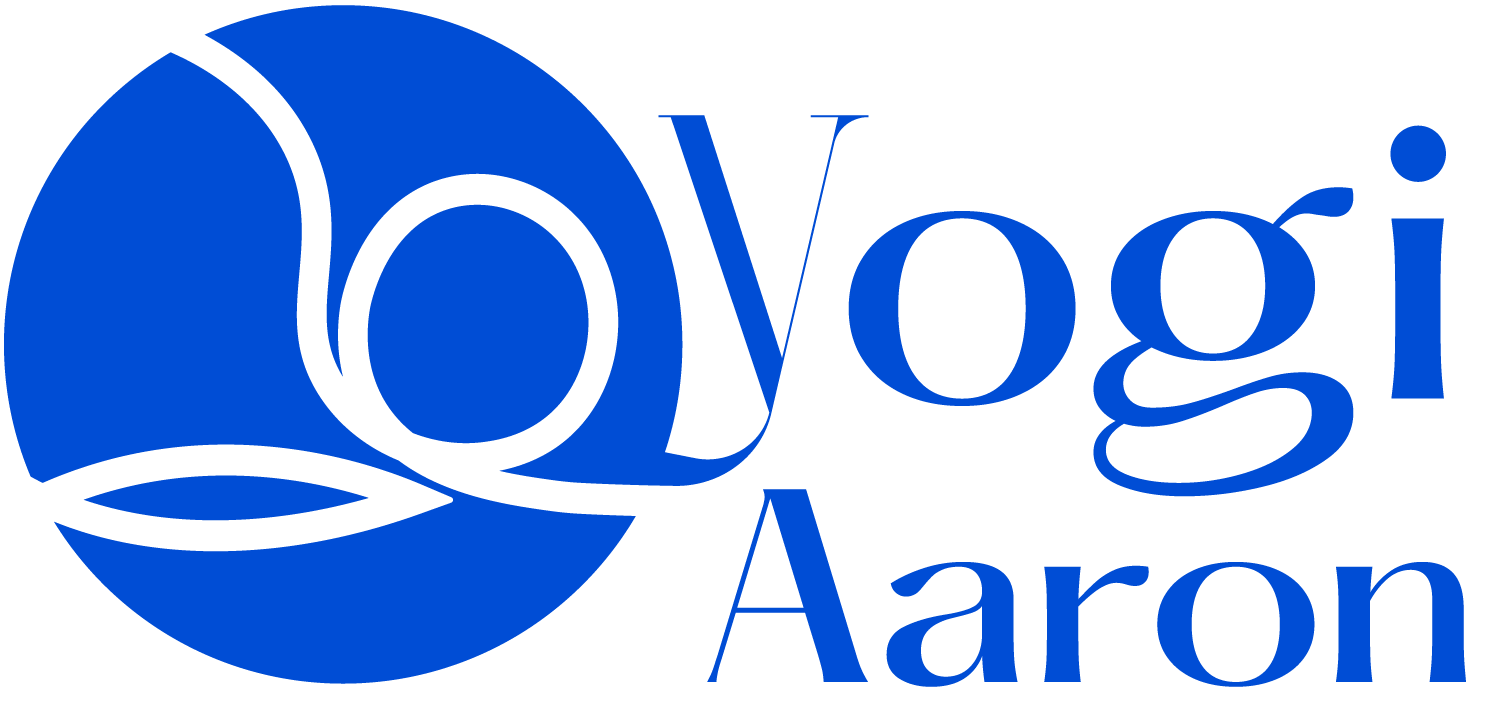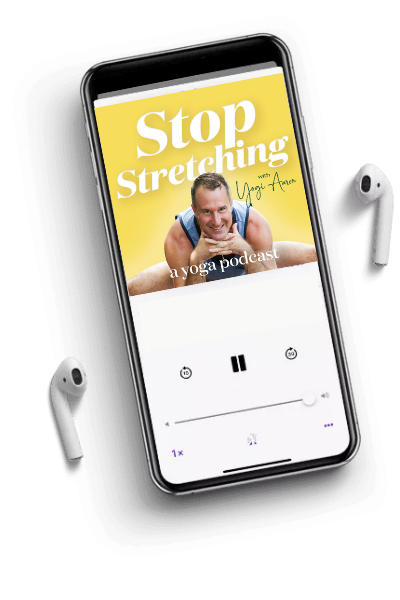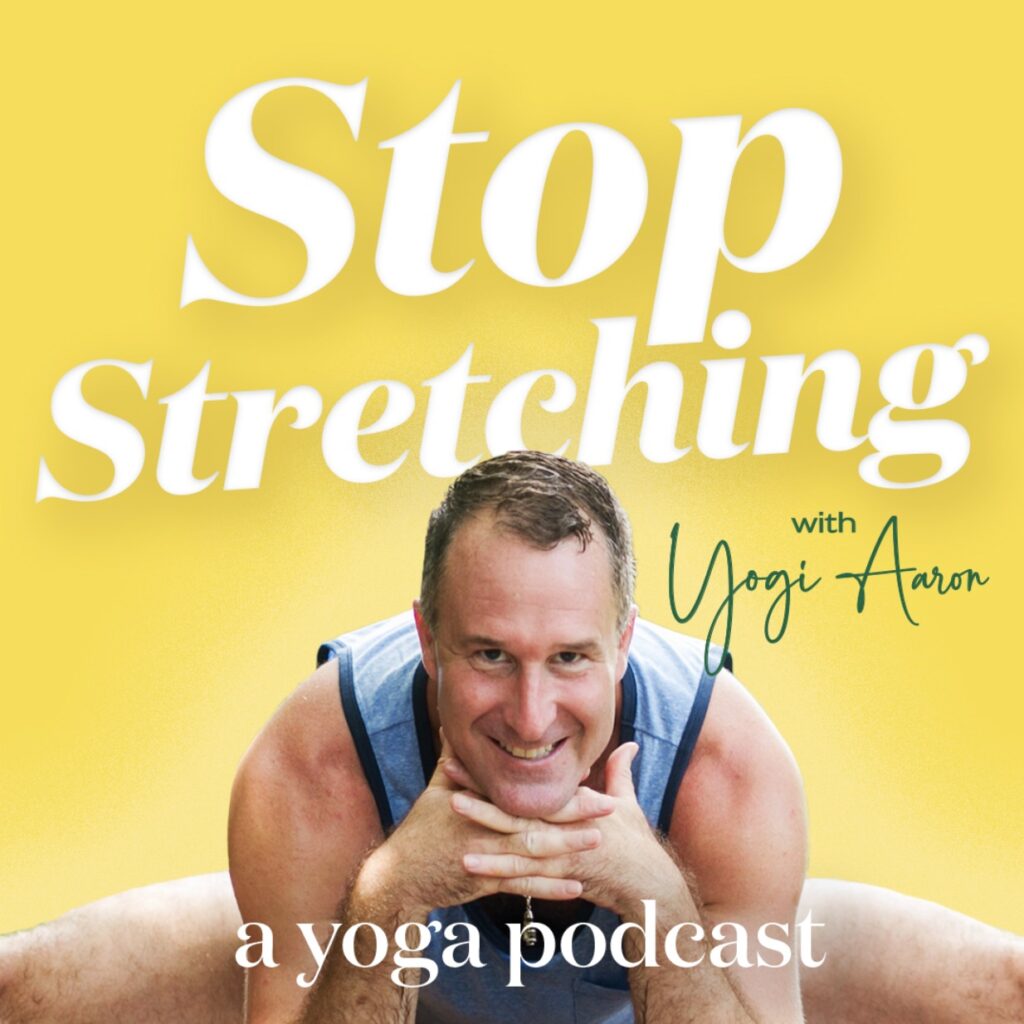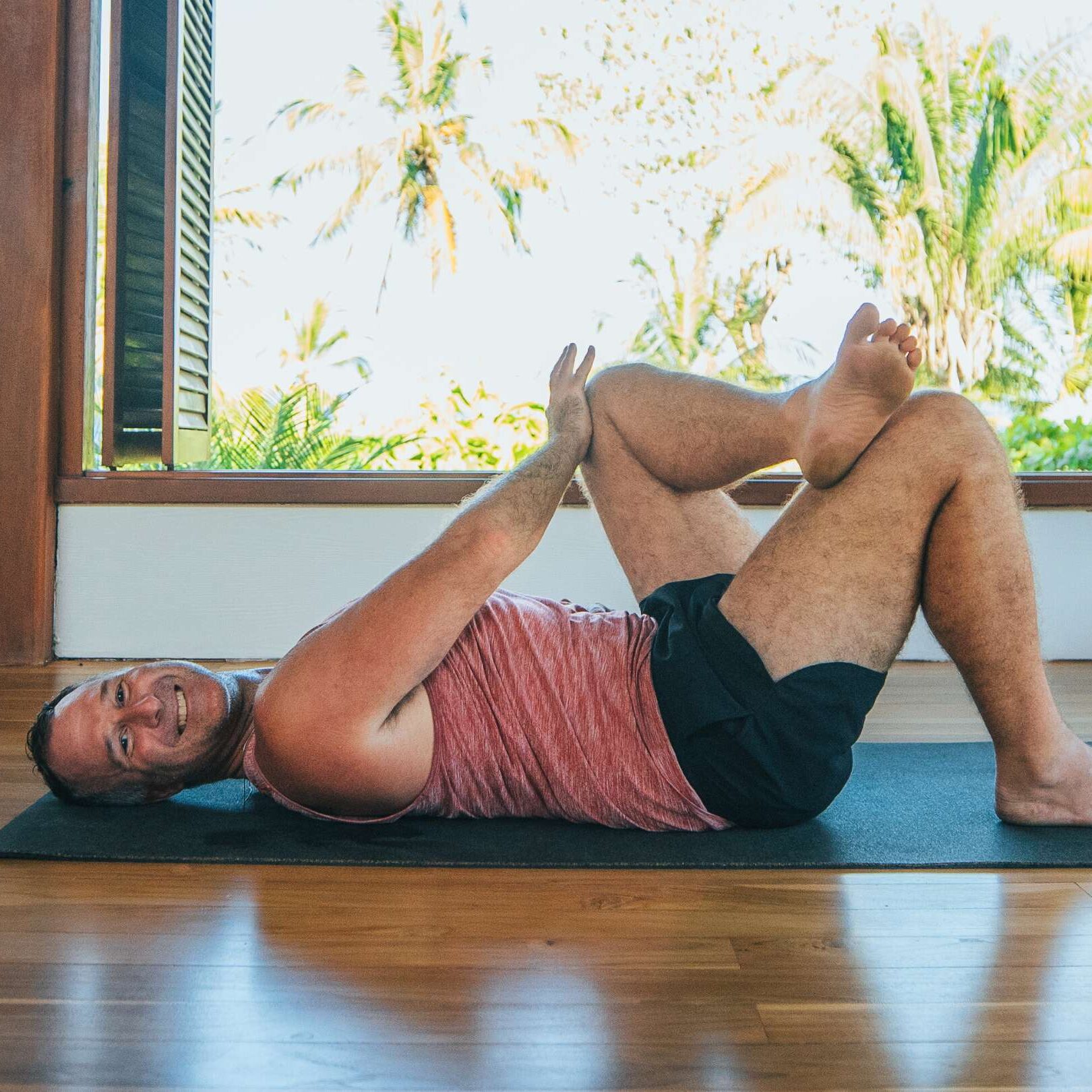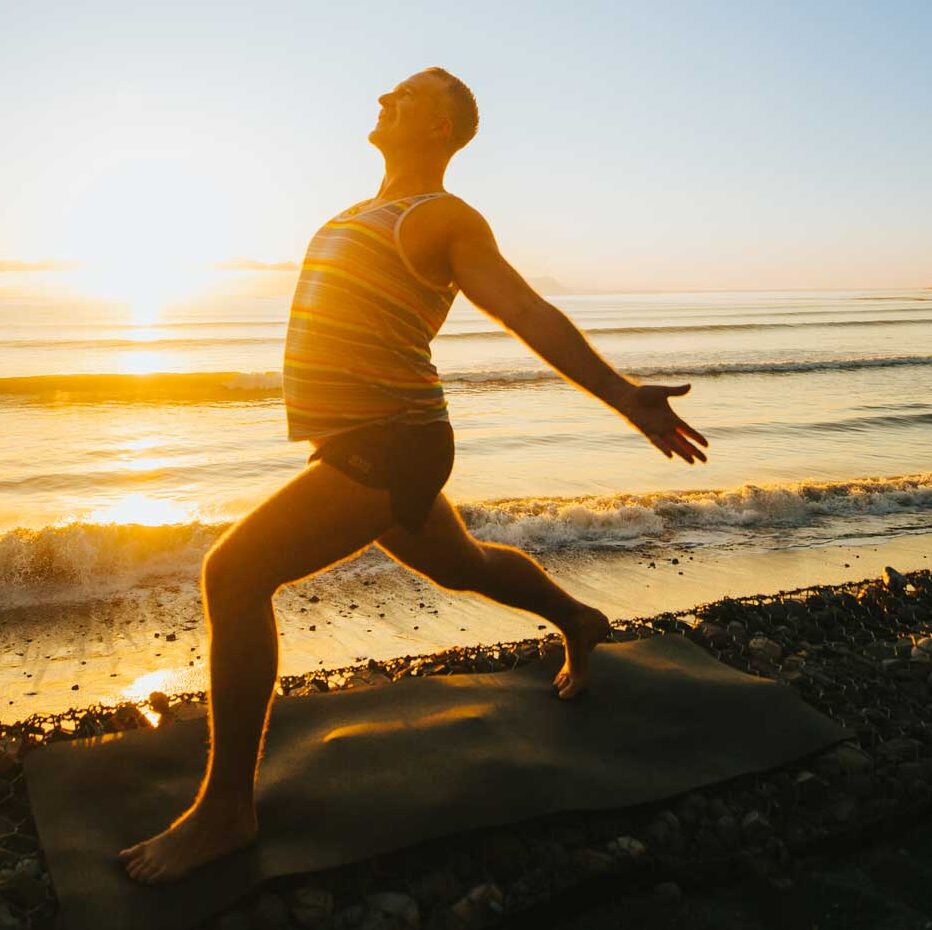Stretching has long been considered a cornerstone of yoga and physical wellness. What if this widely accepted practice is causing more harm than good? It’s time to rethink our approach to flexibility and pain management. In this transformative perspective, stretching isn’t the solution—it’s the problem. I explore this in depth in my podcast, Stop Stretching. You can access episode 4 here.
In this article, we will understand how AYAMA offers a revolutionary way to practice yoga, enhance muscle function, and live pain-free.
Here’s what you will learn:
- The Problem with Traditional Stretching
- What Is AYAMA?
- The Science of Muscle Activation
- A New Way to Practice Yoga
- Who Benefits from AYAMA?
- Pain-Free Living with AYAMA
- Practical Tips to Get Started
- How to Take the First Step
The Problem with Traditional Stretching
Stretching is often touted as the go-to method for relieving tight muscles. Tightness is usually a symptom of something deeper. The brain signals muscles to contract as a protective mechanism. Simply stretching the muscle doesn’t address the root cause. It’s like taking painkillers for a dehydration headache instead of drinking water.
In fact, overstretching can destabilize muscles. Reducing their ability to contract effectively and increasing the risk of injury. This is especially evident in yoga poses like headstands and shoulder stands. When practiced without proper muscle activation, these poses can lead to long-term instability and pain.
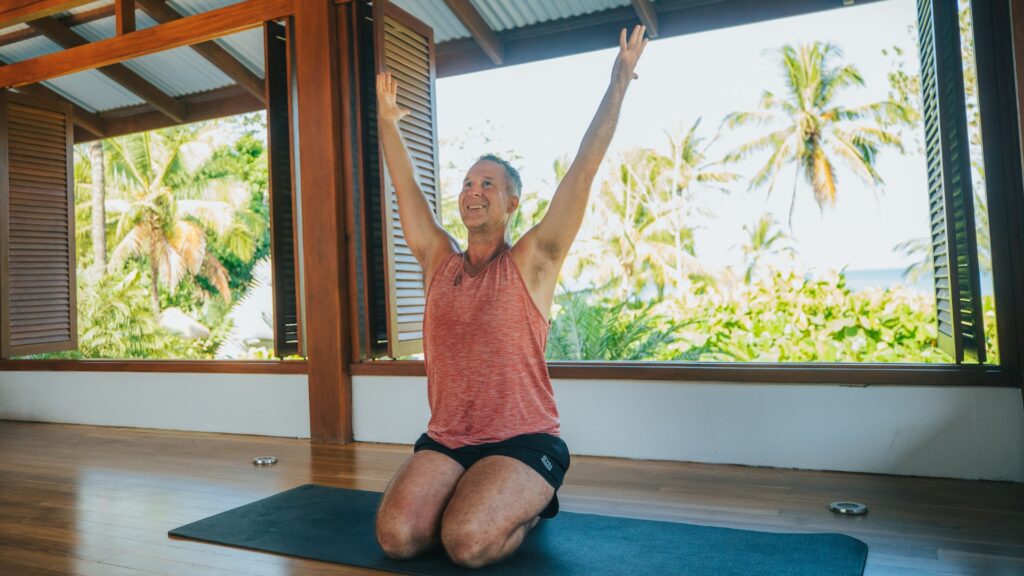
What Is AYAMA?
AYAMA™, or Applied Yoga Anatomy & Muscle Activation, is a groundbreaking approach. It integrates anatomy, neuroscience, and yoga. It shifts the focus from stretching to muscle activation, emphasizing stability, strength, and functional movement. By activating the correct muscles during yoga postures, AYAMA™ ensures that the body moves safely and efficiently, reducing the risk of pain and injury.
“Instead of looking at what muscles need to stretch, we should look at what muscles need to shorten.” This paradigm shift will allow you to address the root causes of tightness rather than just the symptoms.
The Science of Muscle Activation
Muscle activation works by engaging the body’s agonist and antagonist muscles. Ensuring they function in harmony. For example, when one muscle contracts, its opposing muscle relaxes. This balanced interaction stabilizes the body, protects against injury, and improves mobility.
“I work with a lot of people who have desk jobs. Since incorporating muscle activation, I’ve seen a significant reduction in side effects like neck and back pain. Instead of stretching muscles further, we focus on activating them. Which protects the body and reduces pain.”
~Sherry Sheban is a coach and yoga practitioner.
A New Way to Practice Yoga
AYAMA takes a different approach. For example, Trikonasana (Triangle Pose) focuses on engaging the lateral obliques to support the pose.
“Even though we’re not going as deep into poses, I still feel like I’m getting the full benefit because we’re activating muscles and moving with intention.”
~Harriet, a long-time student.
Who Benefits from AYAMA?
AYAMA isn’t just for yoga practitioners—it’s for anyone looking to improve their physical health and live pain-free.
Here are some key groups who can benefit:
- Desk Workers: Reduce chronic neck and back pain caused by prolonged sitting.
- Athletes: Enhance performance and prevent injuries by improving muscle function.
- Elderly Individuals: Maintain mobility and stability to combat stiffness and age-related limitations.
- Runners: Address compensatory movement patterns and reduce the risk of overuse injuries.
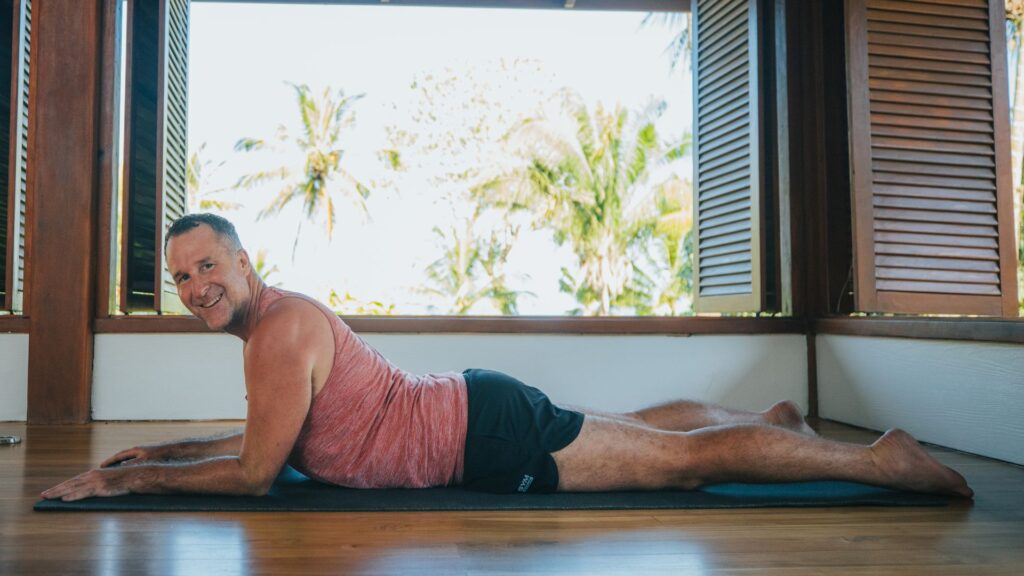
Pain-Free Living with AYAMA
AYAMA™ has transformed the lives of countless individuals, including myself. After years of struggling with chronic pain, I discovered that muscle activation was the key to unlocking a stronger body. AYAMA™ empowers practitioners to live pain-free and regain control of their physical health. The secret is simple: addressing muscle imbalances and improving stability.
If you want to remain youthful and reverse the aging process, make sure your muscles are working! AYAMA isn’t a yoga practice; it’s a life-changing approach to wellness.
Practical Tips to Get Started
- Focus on muscle activation before and during the poses.
- Avoid pushing through pain or forcing deep stretches.
- Warm up with dynamic movements to prepare your muscles for activity.
- Incorporate AYAMA™ principles into your daily routine to improve stability and reduce pain.
Take the First Step
Ready to experience the transformative effects of AYAMA? Start by exploring my 7-Day Pain-Free Guide. It is designed to help you activate your muscles, reduce pain, and move with ease. Click here to learn more and take the first step toward a healthier, pain-free life.

Final Thoughts
AYAMA is a paradigm shift that challenges traditional views on flexibility and stretching. By focusing on muscle activation, AYAMA empowers you to address the root causes of pain. Whether you’re a yoga enthusiast, an athlete, or someone seeking relief from chronic pain, AYAMA offers the tools and insights you need to transform your body.
